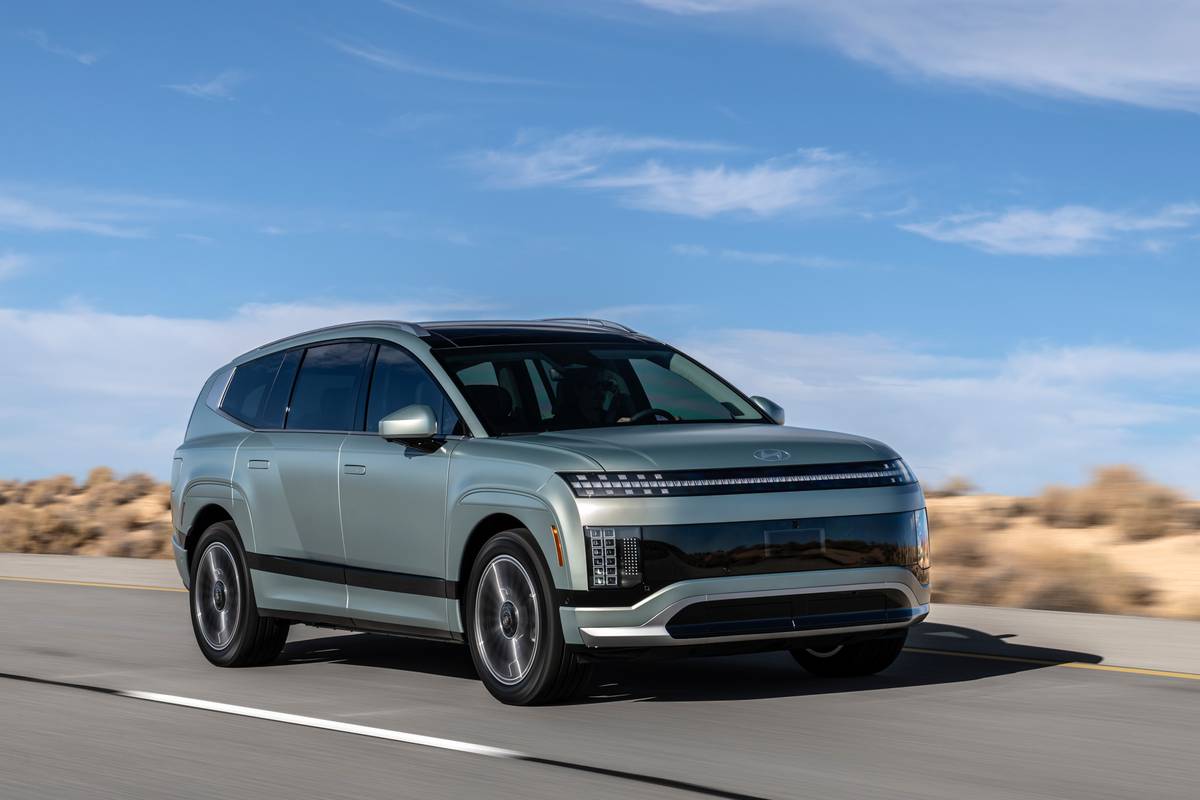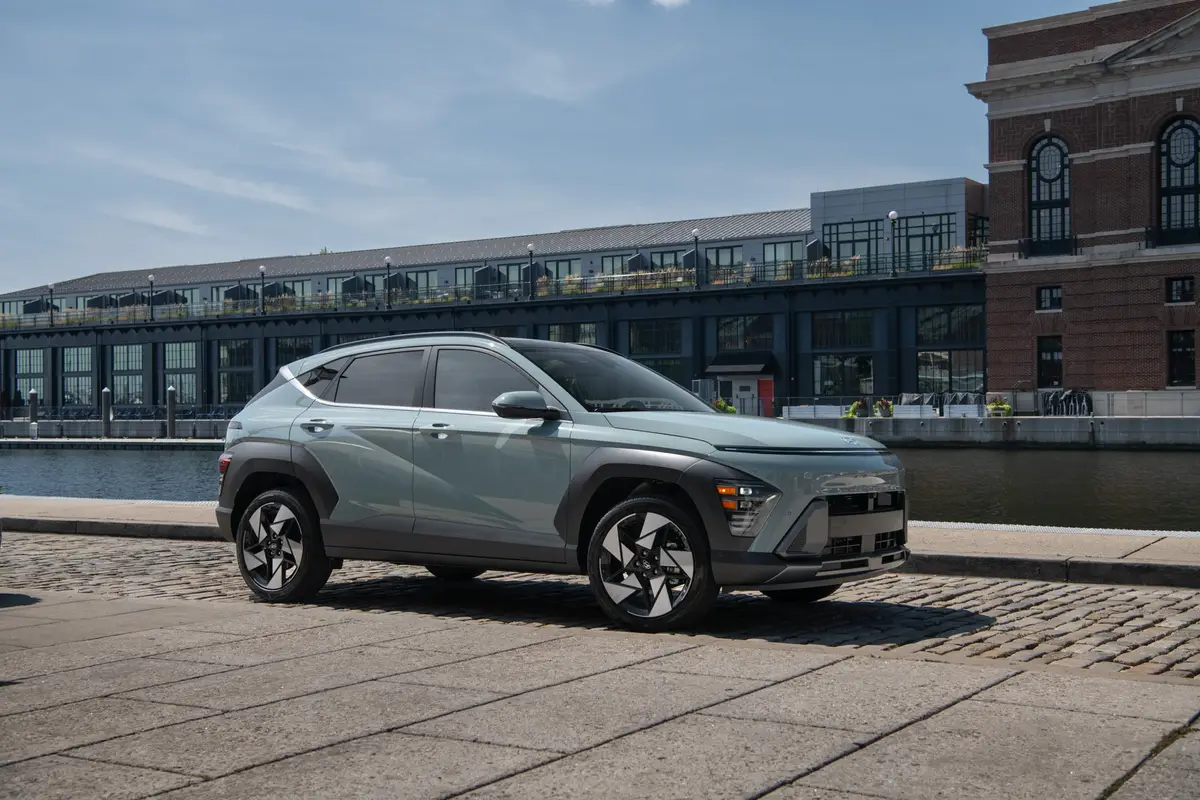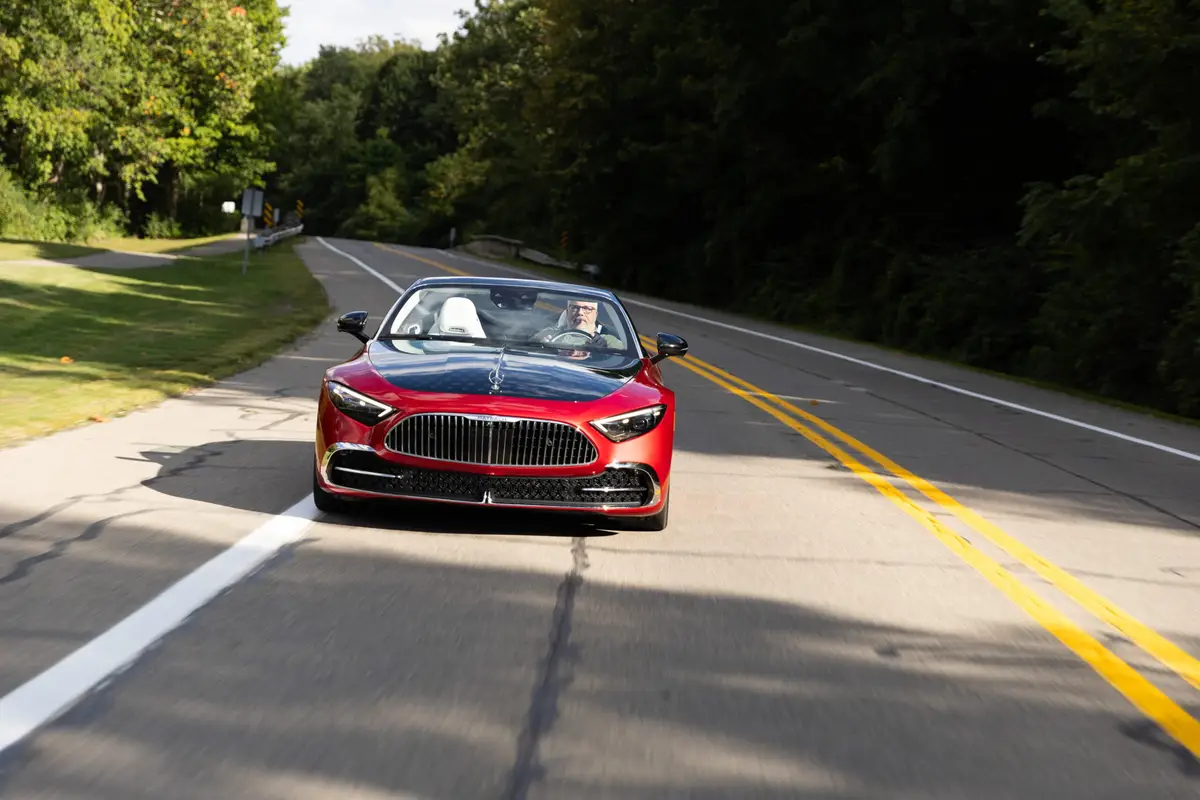washingtonpost.com's view
It came in a brilliant color, which made it stand out on a gray winter day. It came with a black cloth convertible top, which rendered it inappropriate, at least in perception, in a climate of below-freezing wind-chill factors.
None of that really mattered. The car was a 2002 Porsche Boxster S, and any day I can drive a Boxster is a good day for me.
I fell in love with the Boxster in 1998, when it was introduced in the United States. I was smitten again in 2000, when Porsche outfitted the car with a more spirited, horizontally opposed six-cylinder engine.
The 2000 Boxster was the perfect sports car. It was simple, perhaps even spartan in exterior and interior styling. But the little roadster was exceptionally talented on the highway, where its mid-engine, rear-wheel-drive layout enhanced handling in curves and lane changes. The car went exactly where I pointed it — no fuss, no wiggle, no struggle.
The 2000 car, which now passes for a “base” model in the Porsche Boxster lineup, also was fast, though the more fanatical throttle jockeys continued to dismiss it as “underpowered.”
I never understood that criticism. The car had enough gusto. Its 217-horsepower, boxer-six engine (imagine horizontally opposed pistons throwing punches) moved the car from 0 to 60 miles per hour in 6.6 seconds. Acceleration was more “whoosh” than “zoom.” The exhaust note was discreet, not boisterous.
Now comes the third iteration of the Boxster S — the base Boxster’s slightly snazzier, faster, more affluent cousin. Visually, there isn’t much difference between the cars, because Porsche cares more about engines than cosmetics. But an “S” logo on the tail of the Boxster S gives a hint that, well, it’s the Boxster S. Other clues include red calipers on the car’s brakes and a third air-intake opening — vs. two on the base Boxster — below the S’s front fender.
The third intake slot is designed to draw more air into the top of the Boxster’s 3.2-liter, 225-horsepower, boxer-six.
Porsche’s engineers put the 0-to-60 mph time of the Boxster S at 5.9 seconds, a scant 0.7 of a second faster than that of the base car. I didn’t bother to check their estimate on the roads of Northern Virginia, where local and state police tend to look unkindly on people who speed away when red lights turn green.
I’m not into street racing. I just want to drive. I enjoy cars that offer a pleasurable driving experience.
The Boxster S certainly offers that much. The car is so responsive to driver input, it’s a control freak’s delight. But a crash can occur with any car, anytime, anywhere. That’s just existential reality — the confluence of seemingly unrelated actions, decisions and circumstances that yield a specific result.
To reduce the chances of highway disaster, Porsche offers an optional stability management system (PSM, Porsche Stability Management) that can help ove rcome some driver errors.
For example, if a driver loses control of a Boxster S on a slippery road, PSM can automatically reduce engine power and apply brakes to individual wheels. The aim is to keep the vehicle going in the driver’s intended direction.
But the stability management system cannot overcome the laws of physics. No system can do that. Drivers who are unaware of that limitation, or who choose to ignore it, can end up in a heap of trouble.
Luckily, there was no ice or snow on my trip to Virginia’s Shenandoah Valley. But an early evening mist, which later became fog, accompanied my return home.
I simply took my time and enjoyed the moments behind the wheel of the Boxster S. The car, quite usable for daily transportation, is about more than speed and handling. It’s about romance and adventure, albeit within the privacy of one’s mind and soul.
Latest news



